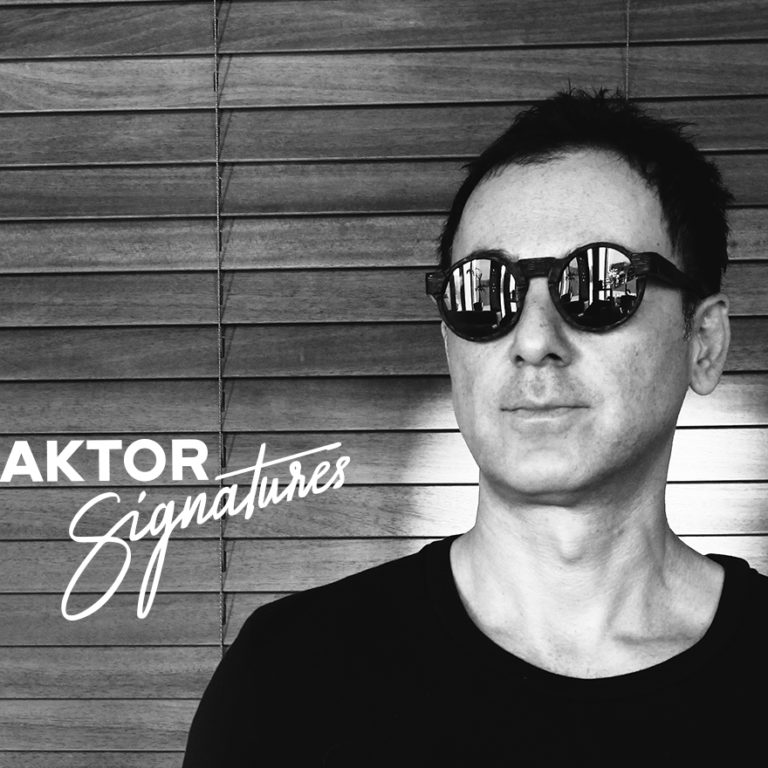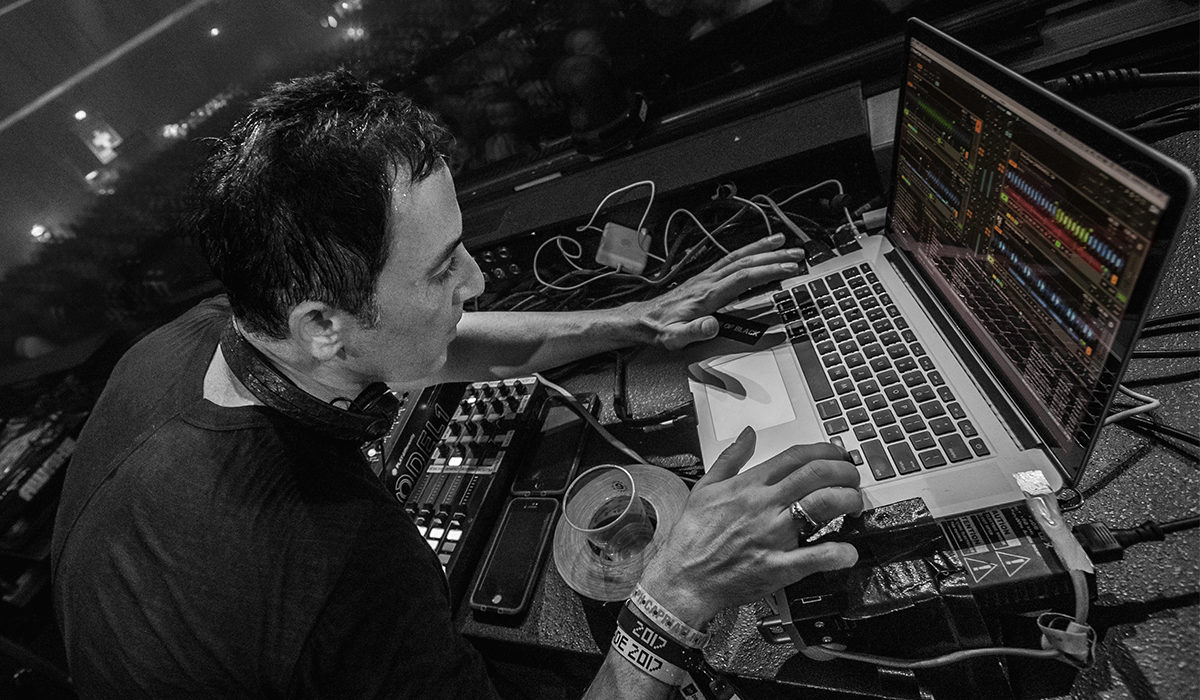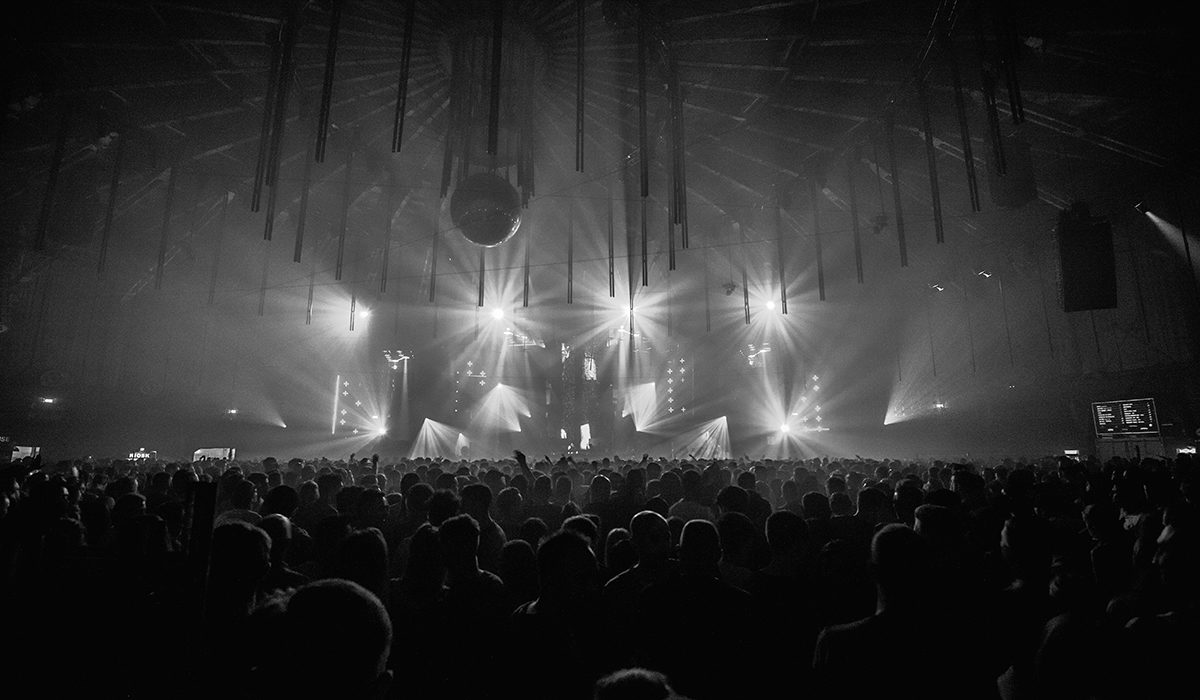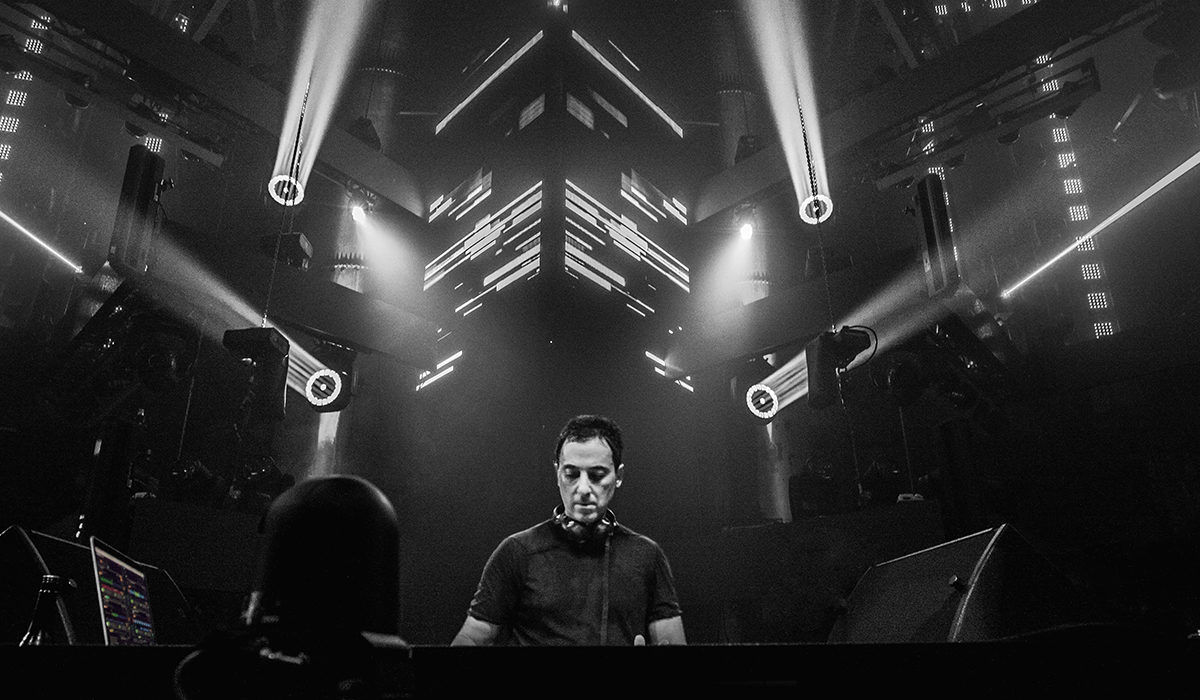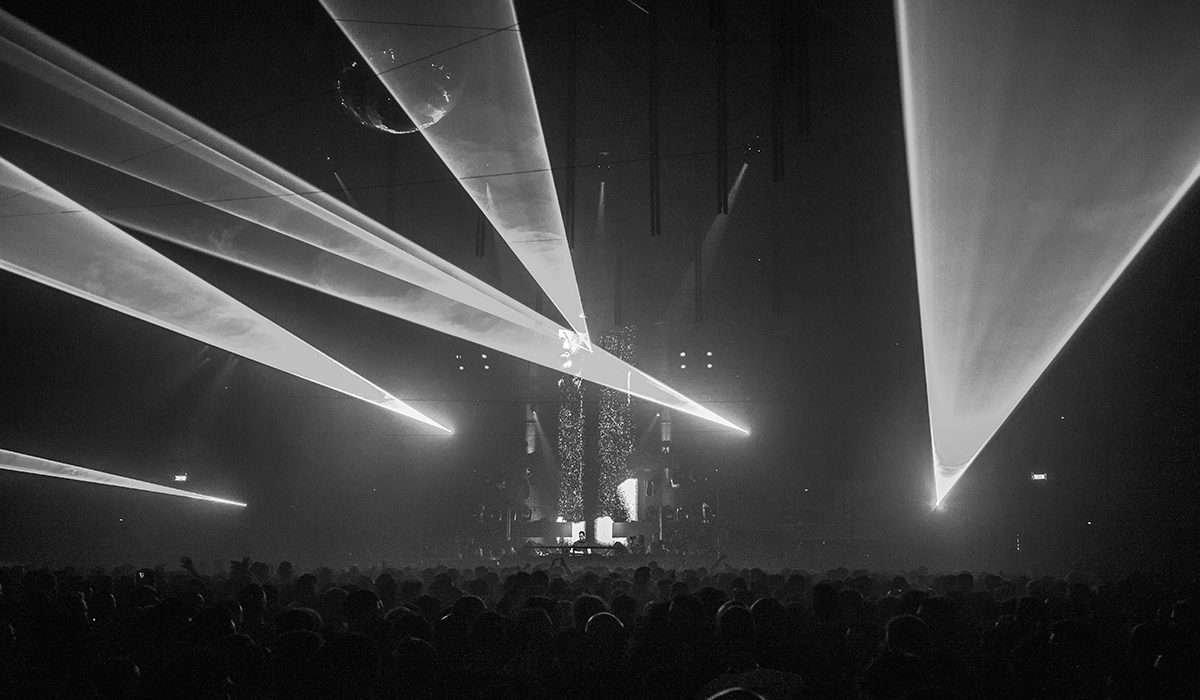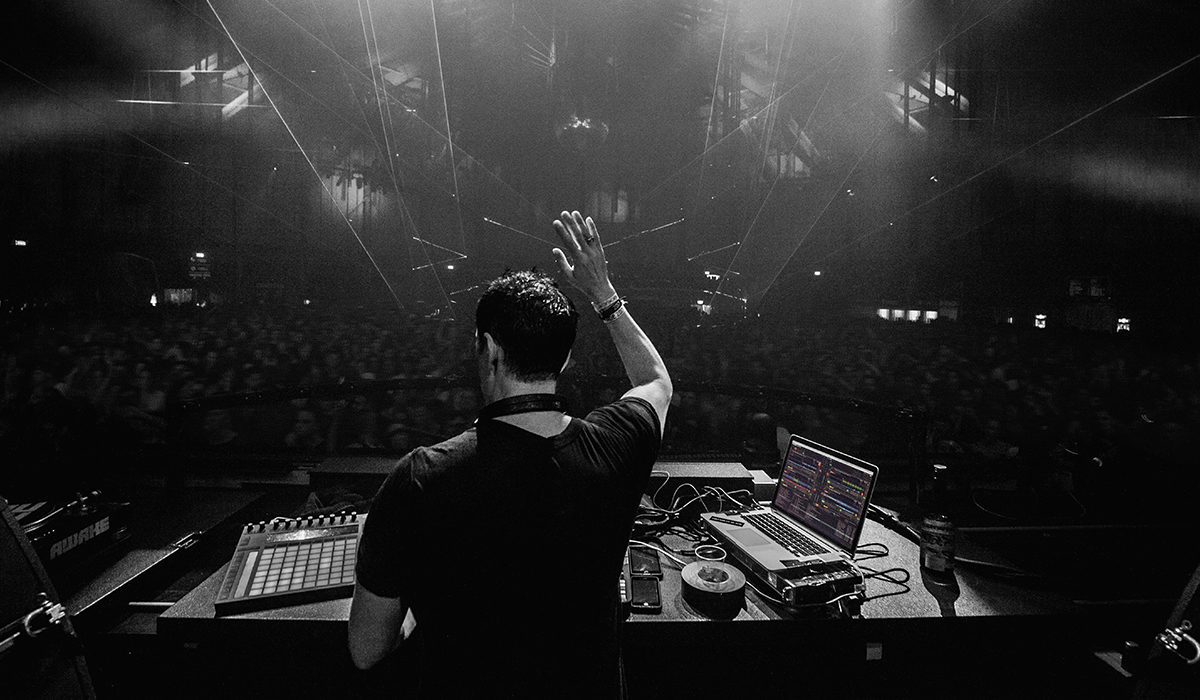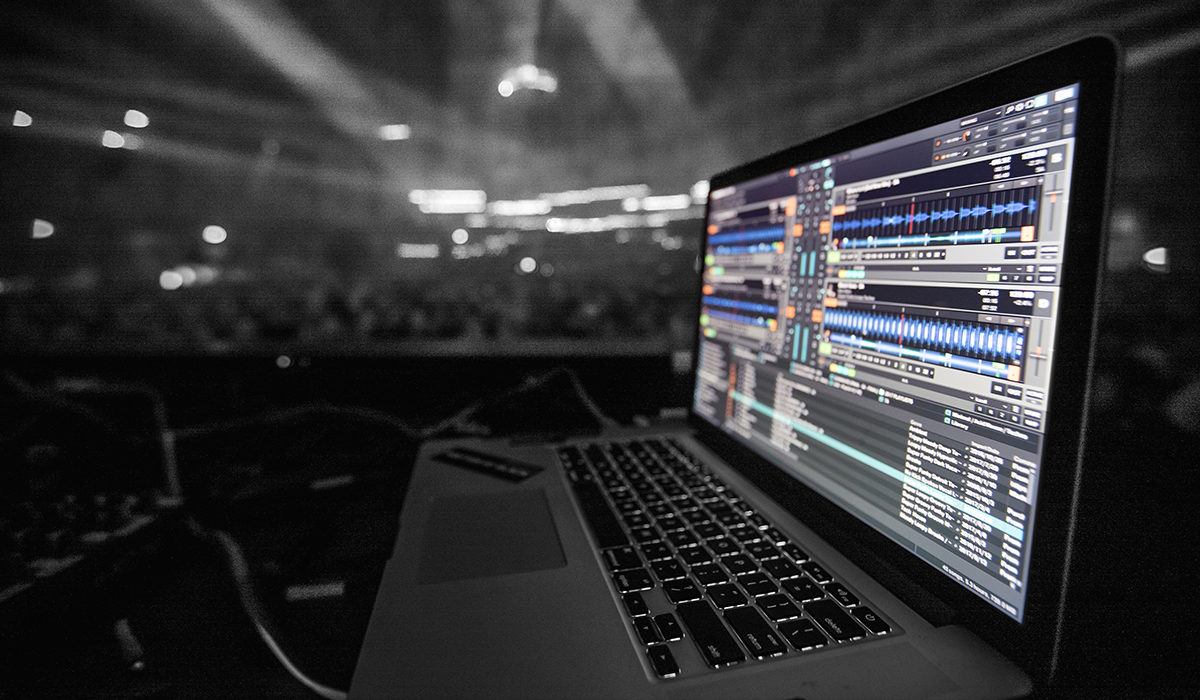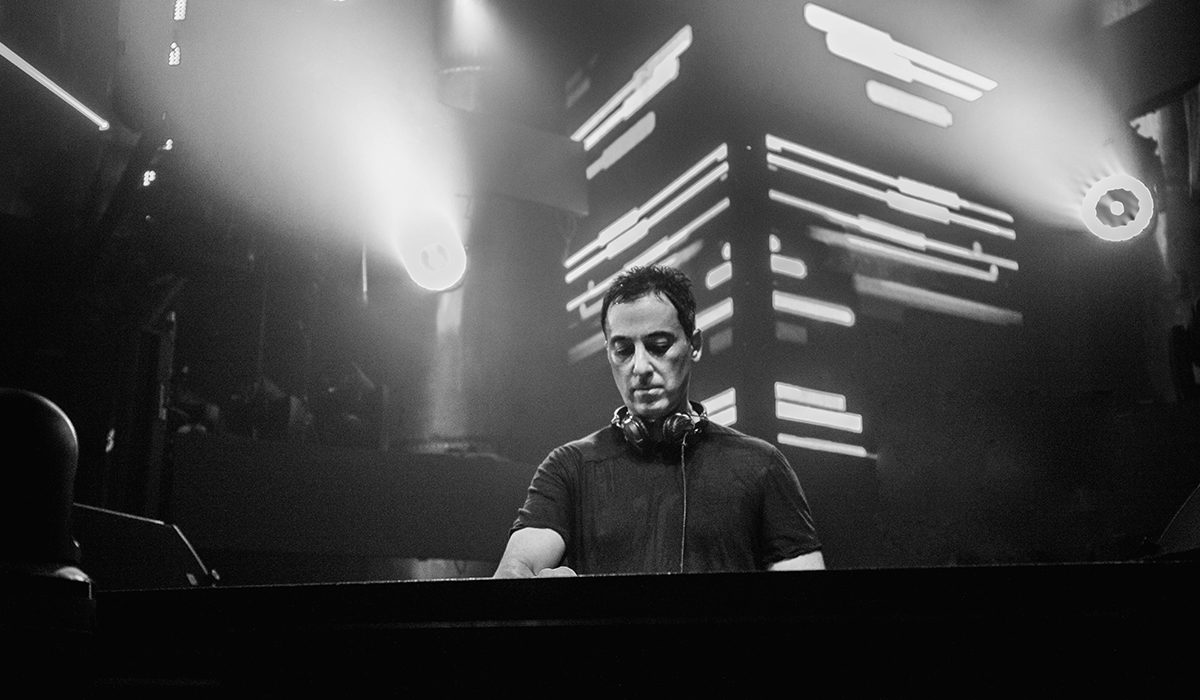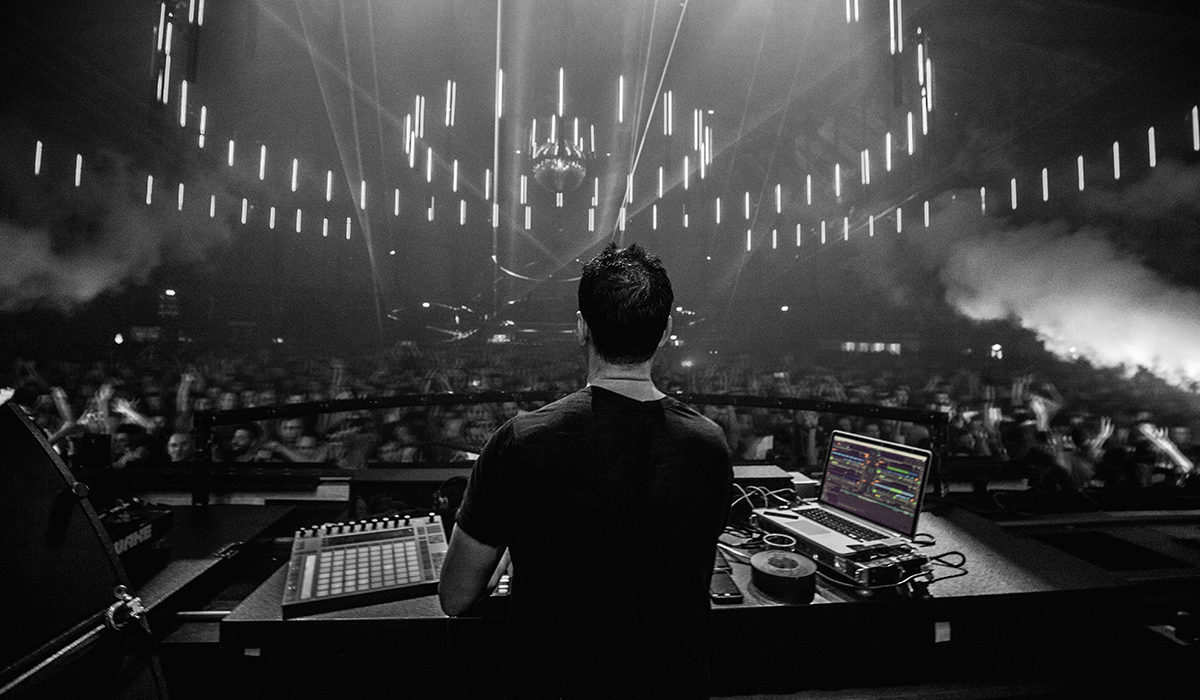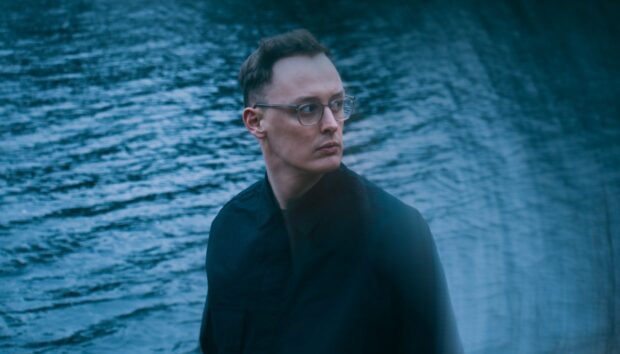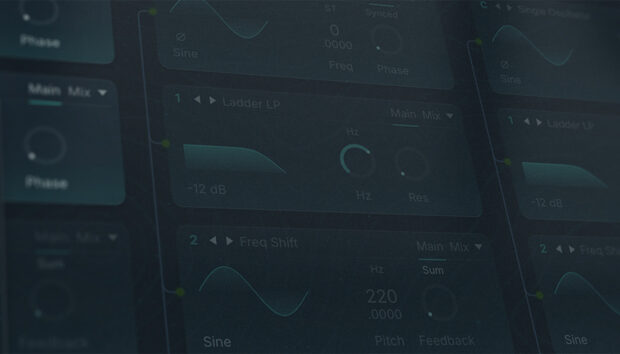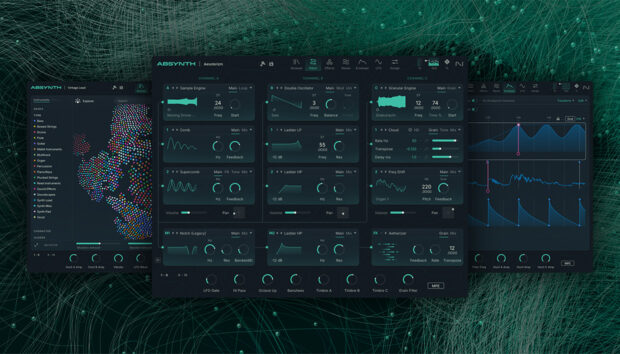Following commercial success with dance duo Deep Dish, Ali Shirazinia went on to explore the depths of underground house and techno under the moniker Dubfire. His strong work ethic and unique drive for innovation as a DJ have ensured steady progression throughout a career spanning three decades.
The artist
How did you get into DJing?
I was always the guy in my group of friends that would carry around a boombox with lots of cassettes, making tons of mixtapes for everyone to listen to. Then I started to actually DJ at house parties, school dances, or wherever there was an opportunity, and once I was old enough, everything kind of evolved into playing actual nightclubs around the Washington, D.C. and Baltimore areas.
Which DJs did you look up to when you were first refining your craft in the local clubs?
There were a couple of English DJs who were residents at competing clubs which were literally next door to one another. So I’d constantly go back and forth and just study how they would program an entire evening.
One didn’t know how to beat-match, and he really didn’t seem to care. For him, it was all about the track selection and how he programmed the music from open to close. Even though every mix was a train wreck nobody seemed to mind, and the dance floor was always packed.
In contrast, the other was technically impeccable in his mixing and programming.
Both were very gifted and unique, and as a result I learned valuable, lifelong lessons in programming, as well as the importance of having the right technical skills.
What is DJing all about, for you? And how does it relate to producing?
DJing is all about performance – programming the right records in the right order, creating a unique style and sound. You’re also controlling and manipulating the crowd to elicit a specific reaction, which is an indicator of whether you’re in sync with your audience.
With music making, it’s a deeply personal, selfish thing. You’re channeling your creativity through specific technology to create this thing that reflects who you are as an artist and what you’re trying to represent. But in recent years the lines between creation and DJ performance are becoming increasingly blurred. Richie Hawtin’s CLOSE show is a good example of that.
And you know when you’ve got it right?
Fortunately, with what we do as DJs we’re able to see the reaction right away. The way the crowd dance or communicate with you – screaming or frantically jumping up and down, whether or not their eyes are closed, completely lost and immersed in the groove and so on. We’re getting immediate feedback. That lets us know if we’re creating the right vibe.
Are there aspects of DJing that are counterintuitive?
Well we might clear the dance floor, perhaps intentionally. Sometimes it’s necessary to reset a vibe that either isn’t working or doesn’t represent our musical aesthetic. I cleared lots of floors on purpose, mostly in my early years, getting fired here and there as a result. But I believed strongly that it was what I needed to do to assert my sound.
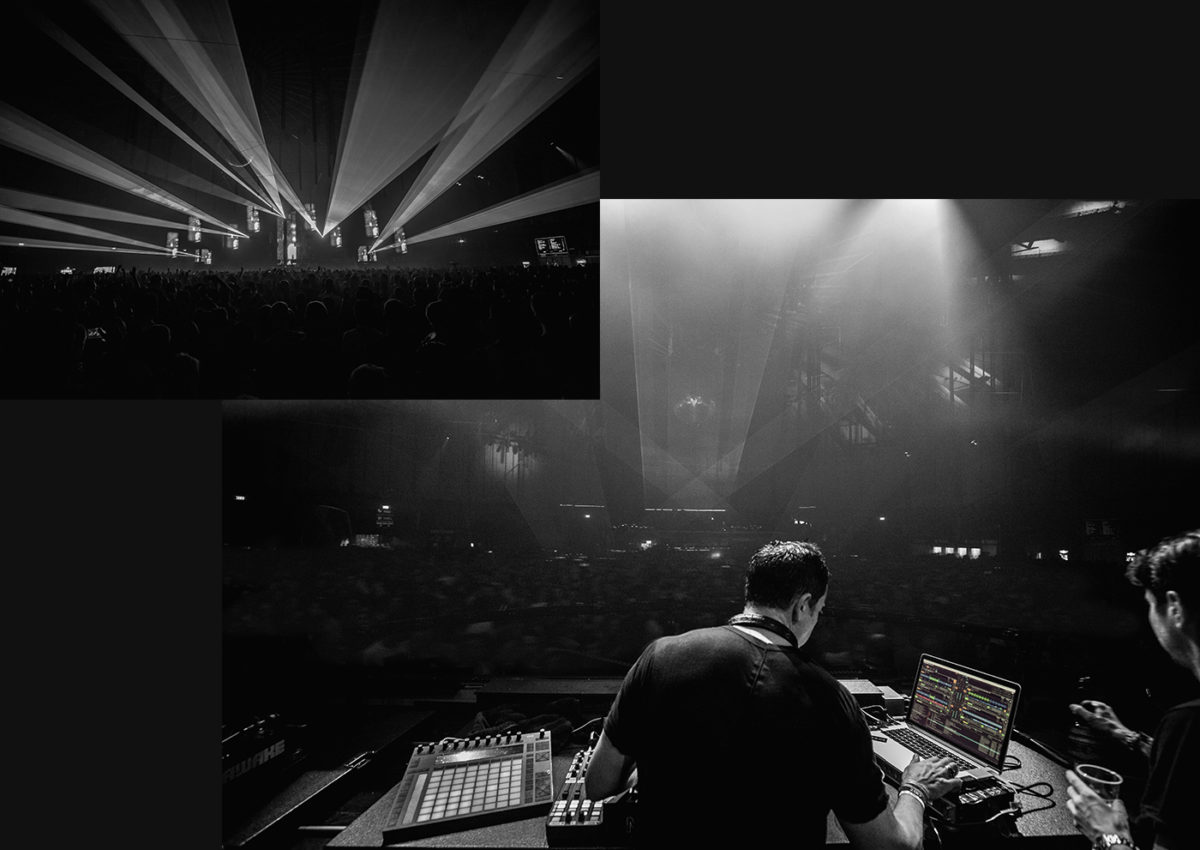
How would you describe that sound? Your sound?
Well I’m not one of those DJs who comes from strictly a disco background. I was an artsy, alternative kid, and open to a wide array of styles; left field, ambient, industrial, new wave, house, techno, dub reggae or hip-hop. It didn’t matter to me so long as the music was interesting. My current sound is a result of that boiling pot of different musical genres that I’ve been into over the years.
If your DJ sets were a soup, what would be the ingredients?
Well it’s easy to throw everything into the soup, but oftentimes it’s about choosing the purest, core ingredients, which matter the most. When DJing, every occasion calls for a different approach. Over time you become adept at reading the room, as they say, and finding the right methods to manipulate the audience in your favor.
The setup
What’s the setup you are using right now?
The core elements are TRAKTOR and the MODEL 1 mixer. I also run Ableton in the background for live FX, using Push to program live drum sequences. I’ve found that Antelope Audio’s Orion 32+ sound card gives me the most optimal, cleanest and punchiest output; especially coming through sonically warm with the MODEL 1. And for my controller I haven’t found anything that matches the Allen & Heath Xone:K1 (or K2) controllers.
Can you elaborate a bit on the routing?
I’m using all four TRAKTOR decks plus one channel for Push and one for the Live FX, which are for reverb and a cool tape delay.
Is there a danger of becoming too absorbed in gear and technology?
In the beginning it felt that way, especially if I would introduce a new piece of technology to my setup. It made me lose that connection to the audience. But over the years, I’ve learned to leave the laptop off to the side, not letting it become the focal point. I’ve also mapped all the functions I need onto the K1 controllers. So the focal point has become the mixer and the controllers which has made everything more intuitive.
Do you do anything special to prepare your tracks for playlisting?
I like to mix in key, so I key all my music via Mixed in Key. That allows me to mix and match different genres and styles of music together. I often do re-edits, as well as create extensive playlists in iTunes for specific events.
TRAKTOR use
Have you always used TRAKTOR?
I actually started with Serato. Even before making the jump to laptop DJing, I remember seeing many of my DJ friends using Final Scratch. But a few people told me to wait until Native Instruments absorbed the company, as they would be vastly improving its interface and functionality, so I did. And it wasn’t until NI sent a guy who eventually became my DJ tech that I really felt confident enough to make it the essence of my setup.
Do you play songs “as is” or do you use TRAKTOR to transform them?
It depends on my mood or the context in which I am playing, but I often use all four TRAKTOR decks to enhance a particular track or stack different loops together to create a new track on the spot.
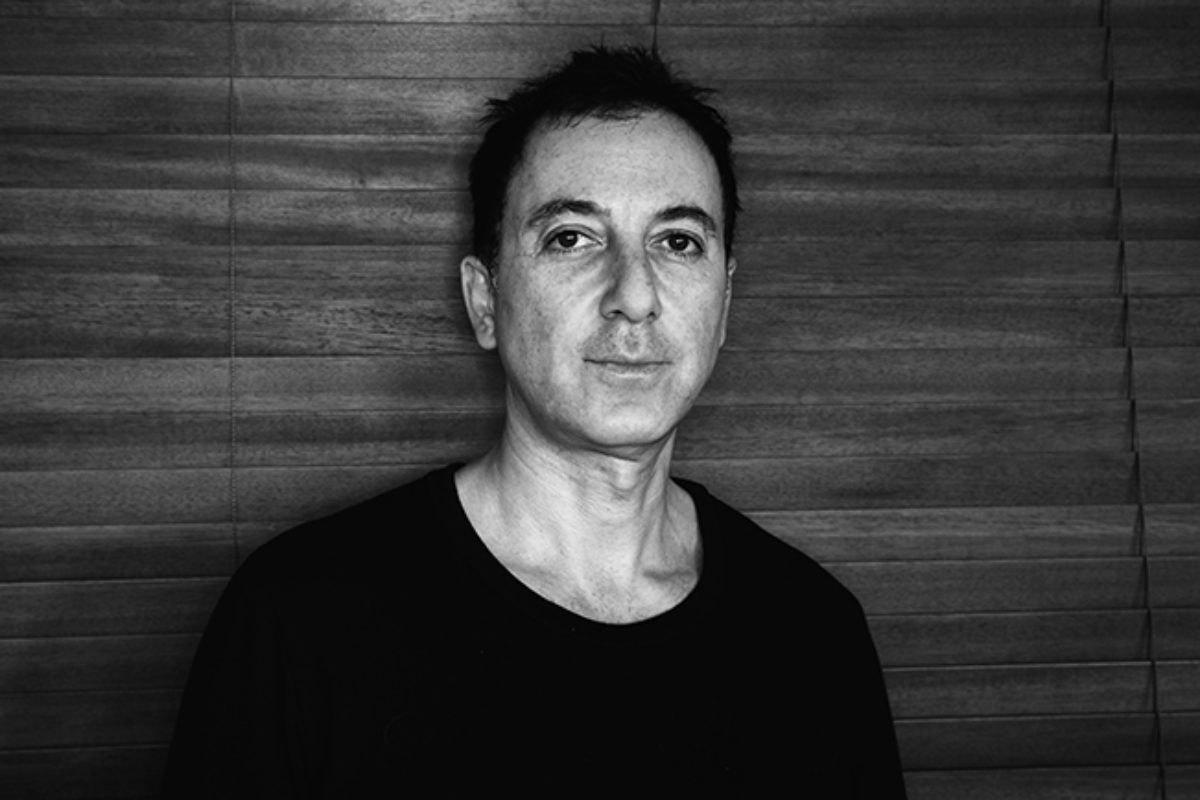
And how are you using the Allen & Heath Xone:K1 MIDI controllers with TRAKTOR?
They control all of the main TRAKTOR functions as well as various Push functionality and Live FX.
Is there a feature in TRAKTOR you are constantly using, or that you’ve made your own?
With TRAKTOR I kind of became known for my “rattlesnake effect” which consisted of using the tape delay in a unique way. I was basically using the same tool that everybody has, but through many trials I somehow found my own unique way of using it. It’s often not about what you’re using but how you use it to give it your own twist.
Download free demo version of TRAKTOR PRO 2 here.








